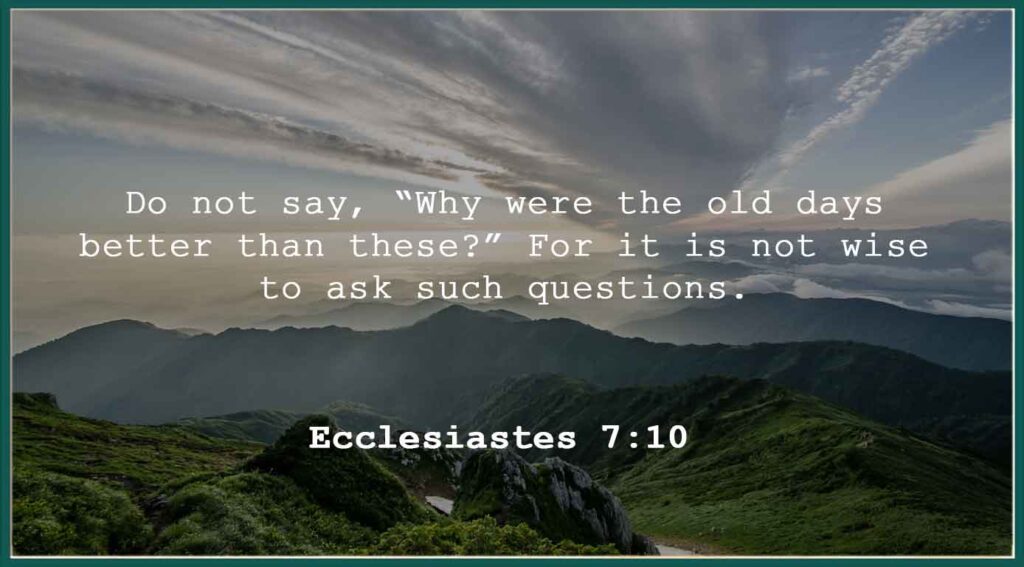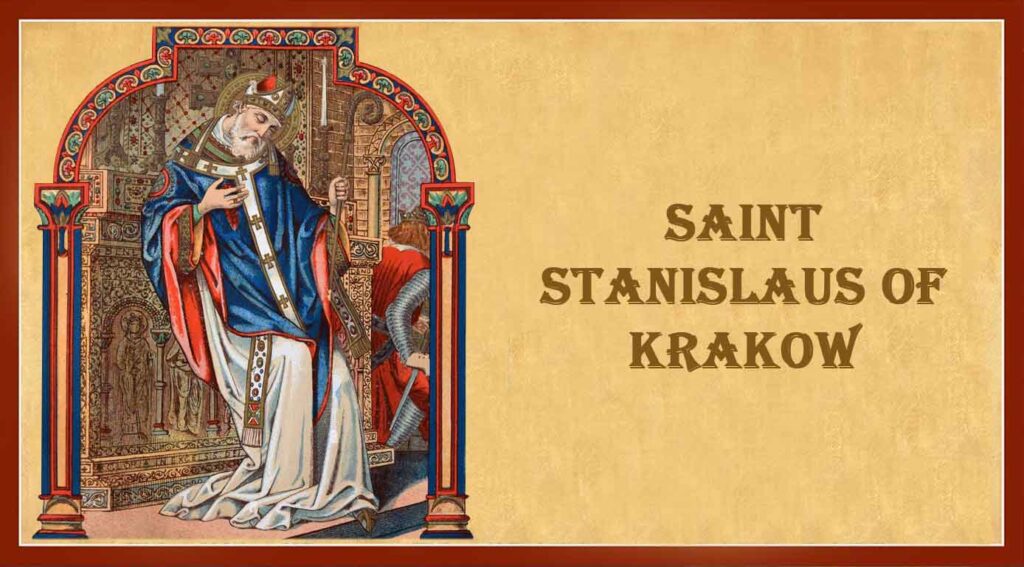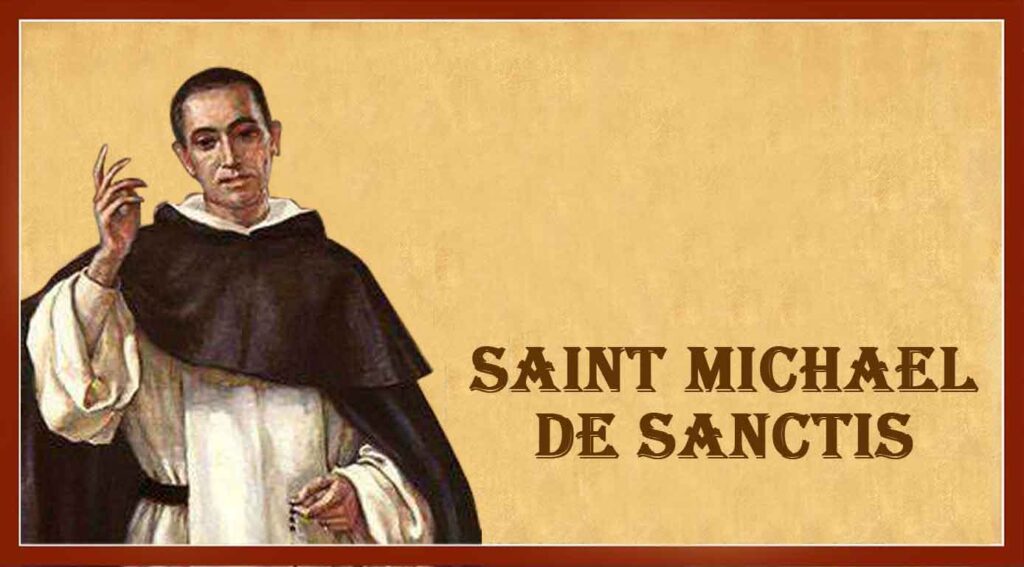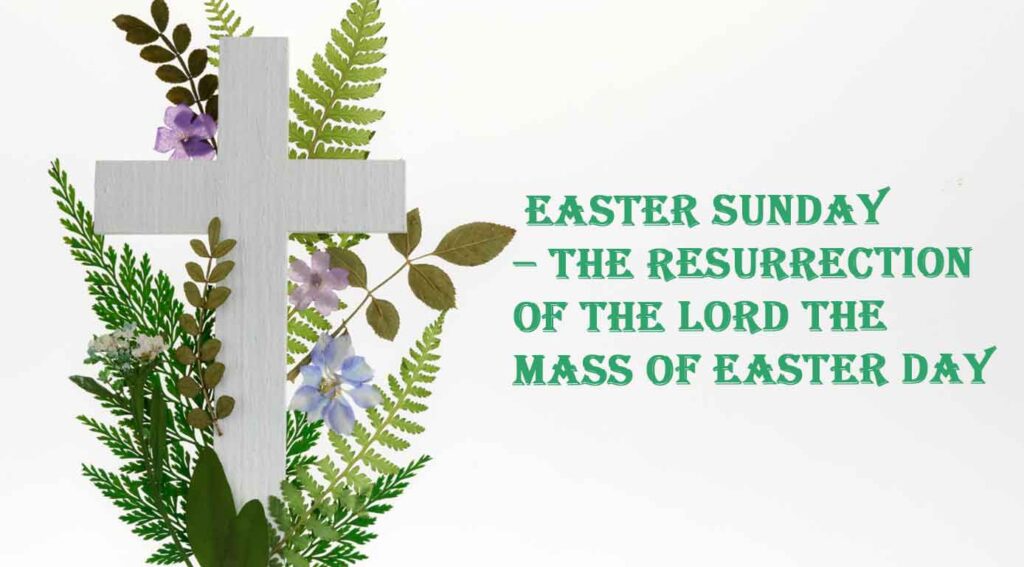Author name: sanjose
Saint Bénézet
Saint Bénézet was a shepherd boy who saw a vision during an eclipse in 1177 which led him to build a bridge over the Rhône River at Avignon.
He was told that angels would watch over his flocks in his absence. He built the bridge single-handedly; ecclesiastical and civil authorities refused to help him. Bénézet, it is said, lifted a huge stone into place, and announced it would be the start of the foundation. This would become the Pont Saint-Bénézet.
According to the legend, there were shouts of “Miracle! Miracle!” when Bénézet had laid the first stone. Eighteen miracles occurred in total: the blind had their vision restored, the deaf could hear again, cripples could walk; and hunchbacks had their backs straightened. Bénézet thus won support for his project from wealthy sponsors who, it is claimed, formed themselves into the Bridge-Building Brotherhood to fund its construction.
John 14:1
Verse:
“Do not let your hearts be troubled. You believe in God; believe also in me.” - John 14:1
Prayer For Unbelievers To Come To Faith In Jesus
I pray Lord, that in Your grace and mercy, You would convict the hearts of many today of the evils of sin, of the price that the Lord Jesus paid for their sins and of the judgement of condemnation on all who do not believe in the only begotten Son of God as Saviour.
Saint Teresa of Los Andes
One needn’t live a long life to leave a deep imprint. Teresa of Los Andes is proof of that.
As a young girl growing up in the early 1900’s in Santiago, Chile, Juana Fernandez read an autobiography of a French-born saint—Thérèse, popularly known as the Little Flower. The experience deepened her desire to serve God and clarified the path she would follow. At age 19 Juana became a Carmelite nun, taking the name of Teresa.
The convent offered the simple lifestyle Teresa desired and the joy of living in a community of women completely devoted to God. She focused her days on prayer and sacrifice. “I am God’s,” she wrote in her diary. “He created me and is my beginning and my end.”
Toward the end of her short life, Teresa began an apostolate of letter-writing, sharing her thoughts on the spiritual life with many people. At age 20 she contracted typhus and quickly took her final vows. She died a short time later, during Holy Week.
Known as the “Flower of the Andes,” Teresa remains popular with the estimated 100,000 pilgrims who visit her shrine in Los Andes each year. Canonized in 1993 by Pope John Paul II, she is Chile’s first saint.
Sources:
https://www.franciscanmedia.org/saint-of-the-day/saint-teresa-of-los-andes/
Saint Teresa of Los Andes Read More »
Psalm 16:2
Verse:
“I say to the Lord, “You are my Lord; apart from you I have no good thing.” - Psalm 16:2
Prayer For Spiritual Blessings
Bless me Lord, I pray, with love in times of hatred, goodness in times of hostility, peace in times of strife, hope in the midst of despair, faith in the times of testings and joy in the times of pain. For my hope is in You alone.
Saint Stanislaus of Krakow
Saint Stanislaus of Krakow was born at Szczepanów, a village in Lesser Poland. He was the only son of the noble and pious Wielisław and Bogna. He was educated at a cathedral school in Gniezno (then the capital of Poland) and later, probably at Paris.
On his return to Poland, Stanislaus was ordained a priest by Lambert II Suła, Bishop of Kraków. Following his ordination, he was given a canonry in Kraków and became known for his preaching. He was subsequently made pastor of Czembocz near Kraków, canon and preacher at the cathedral, and later, vicar-general.
After the bishop’s death (1072), Stanislaus was elected his successor but accepted the office only at the explicit command of Pope Alexander II. Stanislaus was one of the earliest native Polish bishops. He also became a ducal advisor and had some influence on Polish politics.
Stanislaus’ major accomplishments included bringing papal legates to Poland, and reestablishment of a metropolitan see in Gniezno. He was the Bishop of Kraków known chiefly for having been martyred by the Polish king Bolesław II the Generous. Stanislaus is venerated in the Roman Catholic Church as Saint Stanislaus the Martyr.
Sources:
https://en.wikipedia.org/wiki/Stanislaus_of_Szczepan%C3%B3w
Britannica, The Editors of Encyclopaedia. "Saint Stanislaus of Kraków". Encyclopedia Britannica
Fr. Paolo O. Pirlo, SHMI (1997). "St. Stanislaus". My First Book of Saints. Sons of Holy Mary Immaculate - Quality Catholic Publications. pp. 80–81.
Saint Stanislaus of Krakow Read More »
1 Timothy 6:9
Verse:
1 Timothy 6:9
Those who want to get rich fall into temptation and a trap and into many foolish and harmful desires that plunge people into ruin and destruction.
Prayer To Foil Enemy Activities
Dear heavenly Father, we live in such evil days that I pray against all enemy activities that are bing done in secret, which are designed to harm and to destroy others. Protect Your people we pray, bring the attacks of the enemy to nothing and foil all the plans and purposes that are harmful to others..
Lord we know that it is not Your will that any should perish but that all should come to repentance in Christ, and so we pray for the souls of those that are bound by the lies and deceit of the enemy and who are being manipulated by the deception of the evil one.
We ask that in Your grace and mercy those that have been blinded to the truth of the glorious gospel of Christ by the activities of the enemy would be brought into a knowledge of the saving gospel and come to know the Lord Jesus Christ as Saviour – we ask this for His praise and glory and in Jesus name,
Amen.
Saint Michael de Sanctis
Saint Michael de Sanctis was born as Michael Argemir. He was also known as Michael of the Saints. At the age of twelve, he came to Barcelona and asked to be received into the monastery of the Trinitarians there.
After a three-year novitiate, he took his vows at that order’s monastery of St. Lambert at Zaragoza in 1607. After meeting a Discalced Trinitarian one day, he felt drawn to that congregation’s more austere lifestyle and, after much deliberation and the permission of his superior, he entered the congregation of the Discalced Trinitarians at Madrid as a novice. He then took his vows at Alcalá, became a priest, and was twice elected superior of the monastery at Valladolid.
During his life, Michael de Sanctis led a life of prayer and mortification. He was devout towards the Holy Eucharist, and is said to have been experienced ecstasies several times during Consecration.
Saint Michael de Sanctis Read More »
Easter Sunday – The Resurrection of the Lord
The Mass of Easter Day
Liturgy of the Word
First Reading: Acts 10:34a, 37-43
Peter proceeded to speak and said:
“You know what has happened all over Judea,
beginning in Galilee after the baptism
that John preached,
how God anointed Jesus of Nazareth
with the Holy Spirit and power.
He went about doing good
and healing all those oppressed by the devil,
for God was with him.
We are witnesses of all that he did
both in the country of the Jews and in Jerusalem.
They put him to death by hanging him on a tree.
This man God raised on the third day and granted that he be visible,
not to all the people, but to us,
the witnesses chosen by God in advance,
who ate and drank with him after he rose from the dead.
He commissioned us to preach to the people
and testify that he is the one appointed by God
as judge of the living and the dead.
To him all the prophets bear witness,
that everyone who believes in him
will receive forgiveness of sins through his name.”
Responsorial Psalm: Psalm 118:1-2, 16-17, 22-23
Response– This is the day the Lord has made; let us rejoice and be glad
Give thanks to the LORD, for he is good,
for his mercy endures forever.
Let the house of Israel say,
“His mercy endures forever.”
R– This is the day the Lord has made; let us rejoice and be glad
“The right hand of the LORD has struck with power;
the right hand of the LORD is exalted.
I shall not die, but live,
and declare the works of the LORD.”
R– This is the day the Lord has made; let us rejoice and be glad
The stone which the builders rejected
has become the cornerstone.
By the LORD has this been done;
it is wonderful in our eyes.
R– This is the day the Lord has made; let us rejoice and be glad
Second Reading: Col 3:1-4
Brothers and sisters:
If then you were raised with Christ, seek what is above,
where Christ is seated at the right hand of God.
Think of what is above, not of what is on earth.
For you have died, and your life is hidden with Christ in God.
When Christ your life appears,
then you too will appear with him in glory.
Sequence - Victimae paschali laudes
Christians, to the Paschal Victim
Offer your thankful praises!
A Lamb the sheep redeems;
Christ, who only is sinless,
Reconciles sinners to the Father.
Death and life have contended in that combat stupendous:
The Prince of life, who died, reigns immortal.
Speak, Mary, declaring
What you saw, wayfaring.
“The tomb of Christ, who is living,
The glory of Jesus’ resurrection;
bright angels attesting,
The shroud and napkin resting.
Yes, Christ my hope is arisen;
to Galilee he goes before you.”
Christ indeed from death is risen, our new life obtaining.
Have mercy, victor King, ever reigning!
Amen. Alleluia.
Alleluia: 1 Cor 5:7
Alleluia, alleluia. Christ, our paschal lamb, has been sacrificed; let us then feast with joy in the Lord. Alleluia, alleluia.
Gospel: Jn 20: 1-9
A reading from the holy Gospel according to John
On the first day of the week,
Mary of Magdala came to the tomb early in the morning,
while it was still dark,
and saw the stone removed from the tomb.
So she ran and went to Simon Peter
and to the other disciple whom Jesus loved, and told them,
“They have taken the Lord from the tomb,
and we don’t know where they put him.”
So Peter and the other disciple went out and came to the tomb.
They both ran, but the other disciple ran faster than Peter
and arrived at the tomb first;
he bent down and saw the burial cloths there, but did not go in.
When Simon Peter arrived after him,
he went into the tomb and saw the burial cloths there,
and the cloth that had covered his head,
not with the burial cloths but rolled up in a separate place.
Then the other disciple also went in,
the one who had arrived at the tomb first,
and he saw and believed.
For they did not yet understand the Scripture
that he had to rise from the dead.
The Readings and Gospel were sourced from:
Easter Sunday – The Resurrection of the Lord
The Mass of Easter Day Read More »
Hebrews 10:23
Verse:
“Let us hold unswervingly to the hope we profess, for he who promised is faithful.” - Hebrews 10:23













